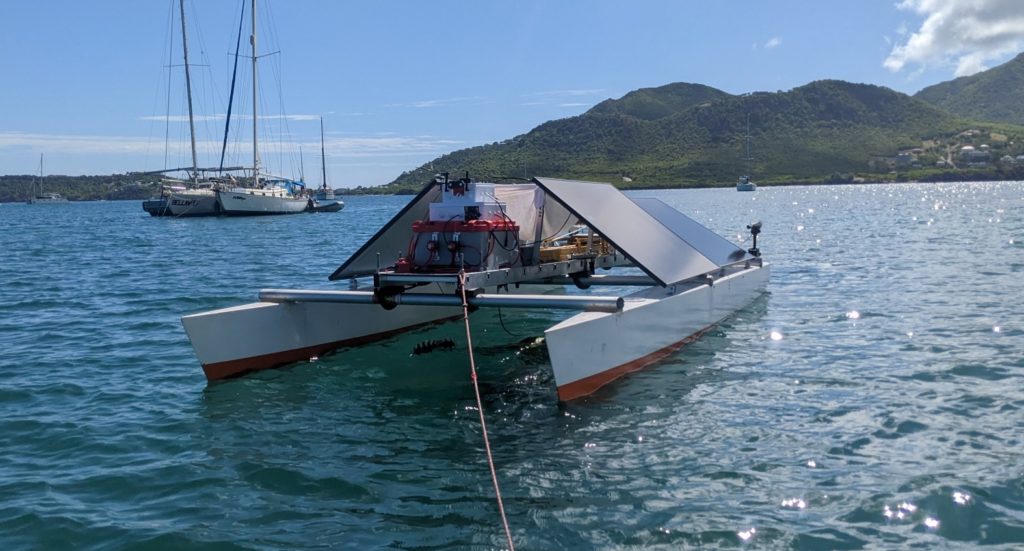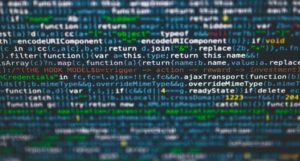Seaweed-eating robot listed among TIME’s best inventions

An AlgaRay prototype. Credit Seaweed Generation
A robot that “eats” seaweed has been named among TIME’s best inventions of 2023.
The AlgaRay robot glides on the ocean surface, collecting Sargassum seaweed, then dives to 200 metres and releases it to sink to the ocean floor.
Sargassum is a major problem in the Caribbean and the Gulf of Mexico – where it washes up in vast quantities, damaging ecosystems and ruining tourism hotspots.
Capturing it offshore protects beaches from piles of rotting seaweed, and sinking it into the deep ocean can also remove significant quantities of carbon – helping in the fight against climate change.
The AlgaRay is one of several robots being developed by Seaweed Generation.
TIME’s 2023 list features 200 “extraordinary innovations changing our lives”, from fields including AI, green energy and sustainability.
“We’re delighted to feature on this list of incredible inventions,” said Seaweed Generation co-founder Professor Mike Allen, from the University of Exeter.
“The AlgaRay is inspired by the manta ray, which glides through the ocean, filtering and consuming algae.
“Similarly, our AlgaRay glides along the surface collecting problematic Sargassum seaweed, then dives into the deep waters to release it.”
The AlgaRay collects seaweed offshore then, once full, it dives to 200m depths, where the air pockets in the seaweed are so compressed that it is no longer buoyant – so it sinks to the seabed.
The autonomous robot – developed as part of a Knowledge Transfer Partnership between Seaweed Generation and the University of Exeter – then resurfaces and carries on working, repeating this four to six times an hour.
With solar panels, lithium batteries and Starlink satellite navigation, the AlgaRay will ultimately be able to work almost non-stop.
A prototype has already been tested in the water in Antigua.
A three-metre version will patrol coasts affected by Sargassum, removing this menace before it hits the beaches.
A 10-metre-wide version will then work in deep-ocean areas, collecting up to 16 tonnes of seaweed (equivalent to two tonnes of carbon dioxide) at a time. Carbon from seaweed sunk this way will remain on the seabed for hundreds of years.
Everything done by the robots is recorded on video and stored with a blockchain – so its carbon-capture work will be easily verifiable.
Work on the AlgaRay continues at pace, with testing of a prototype at Loch Ness in Scotland later this month.
“We’ll let you know if we find the monster,” said Professor Allen.



